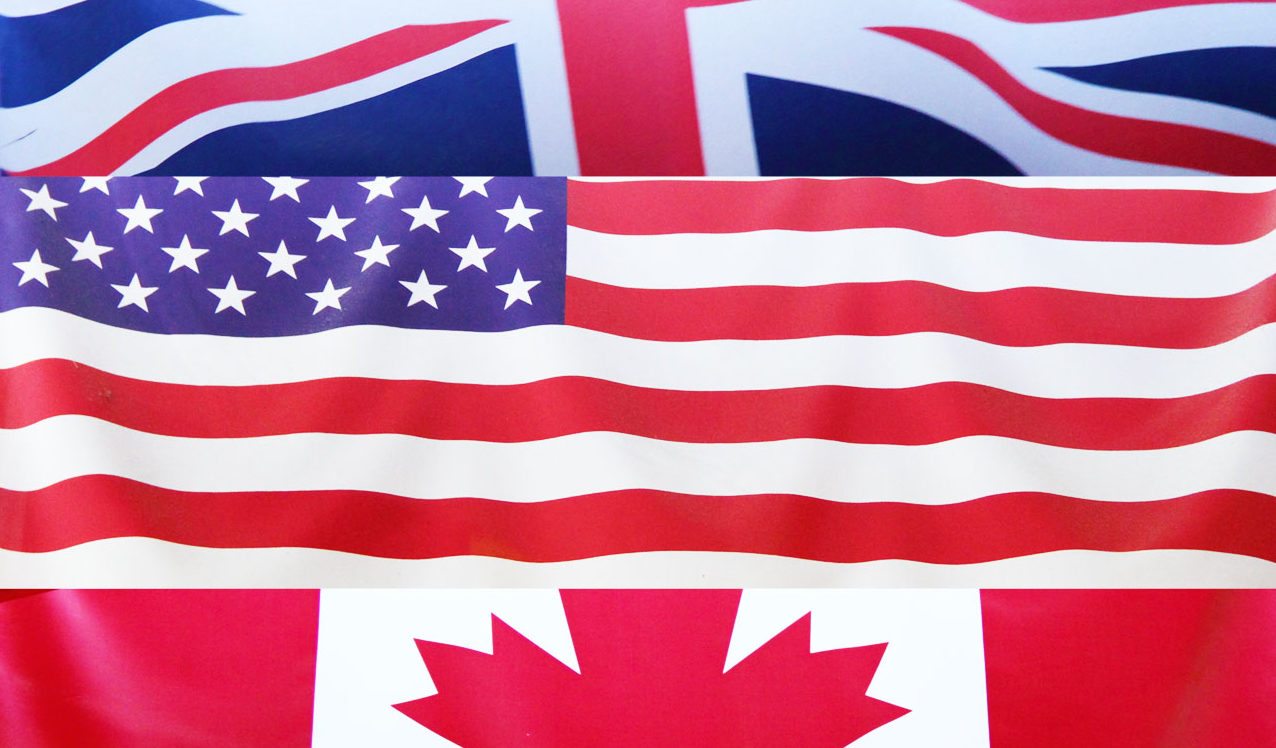With the end of 2017 near, Maclean’s has published their annual review of Canadian universities, showcasing where out-of-province and international students are flocking.
From the foreign student category, the University of British Columbia (UBC), McGill University, and Bishop’s University took gold, silver, and bronze on their number of enrolled international students.
However, Carleton was ranked 18th on this list, with 12.5 per cent of the first-year undergraduate population travelling from foreign countries to enroll.
From the out-of-province category, Mount Allison University took first with 51.2 per cent of its first-year student population coming from different provinces. From this section, Carleton stands at 26th place, with only 8.8 per cent of the undergraduate student body coming from out-of-province.
What are universities doing to attract international students?
With UBC, McGill, and Bishop’s at the top of the list as the universities with the most international students, what’s making these very different schools so successful?
According to Doug McCooeye, manager of student relations, admissions, and student exchange at Bishop’s University, they’ve allocated a lot of time and effort into attracting foreign students.
“We have made an emphasis to recruit students from outside of the country and outside the province, so we’ve invested some time in travelling abroad to encourage students to come to our university,” he said.
McCooeye also said he devotes much of Bishop’s international student success to their student engagement and mentorship programs.
“We have peer mentoring resources for all of our students, and also one meant for international student support,” he said. “International students in third or fourth [year] are paired with first and second years, so that they are a resource for younger international students.”
McCooeye also said Bishop’s unique location and small community of 2,500 students contributes to its success on the international education platform.
“The story we have to tell as an institution is a unique one within Canada, and people are interested in our smaller size as well,” he said. “Most universities in Canada aren’t as small, they’re usually bigger, so those unique features make Bishop’s attractive to international students.”
As well, he said their initiative into planning and promoting events that encourage student engagement, make it an ideal school experience for international students.
Some fun activities that McCooeye said students organize at Bishop’s include apple picking and potlucks meant to help bring the student community together, international or otherwise.
“Community is big here,” McCooeye said. “The first few weeks of enrollment are really important to us . . . letting international students know what kinds of resources are here, ensures students feel like part of the community right from the start.”
Michelle Suderman, director of international student development at UBC, said their wealth of student resources is a main reason why they attract so many international students, as well as their ideal western location in Canada.
“A fantastic proportion of our students are coming from overseas,” Suderman said. “So UBC offers particular resources in areas that often trip international students up, including immigration, insurance, and health care expenses.”
As the top university in Canada for their number of enrolled international students, Suderman said that they offer resources from start to finish of the enrollment process.
“We are particularly proud of Jump Start, which is an academic orientation that was designed for international students in the week prior to classes,” she said. “[The program] allows students to make friends, connect with faculty members, and understand the academic and social practices that will be critical for their success at UBC.”
The Charlatan reached out to Carleton for comment on their international student resources, but did not hear back in time for publication.
What’s the biggest struggle for foreign students?
According to McCooeye, Suderman, and several Carleton students, the biggest struggle for international and out-of-province students is homesickness.
Rebecca Allen, a second-year neuroscience major at Carleton, said the change from her hometown in Paradise, N.L., wasn’t particularly easy, but it was worth it.
“Being homesick is a huge thing, I think it’s applicable for any student but especially out-of-province students,” Allen said. “To go home to Newfoundland and come back is anywhere between $500 and $600, so I can only really go home for Christmas. That was really hard, especially [in] first year.”
According to Selene Tan, a fourth-year journalism student at Carleton, her transition from Malaysia to Canada was particularly difficult because of her cultural heritage.
“I think being away from family is a struggle because unlike Canadian families, in Malaysia we mostly stay with our families until we get married, so we’re not used to being apart from family for a long period of time,” she said.
Like Allen, Tan said that the cost to fly home is a big problem when dealing with homesickness, with a trip from Malaysia to Canada costing upwards of $2,000.
Tan also said that for her, language was a big issue when first transitioning to Canada. She said that although they do speak English in Malaysia, it’s spoken much slower than Canadian English.
“Canadians speak faster, so listening to lectures and keeping up with classes when everyone is talking really quickly is tough,” she said.
Although Tan said that Carleton does have valuable counselling and resources offered to students, she noted that they don’t address many of these issues of homesickness, and language barriers at school.
To prevent homesickness as an international student, Tan recommends going out with friends, leaving your dorm, and making an effort to meet new people.
“A start could be to acknowledge that this problem exists, and have some talks with people who have the same problem to brainstorm some solutions,” she said.
Photo by Meagan Casalino






